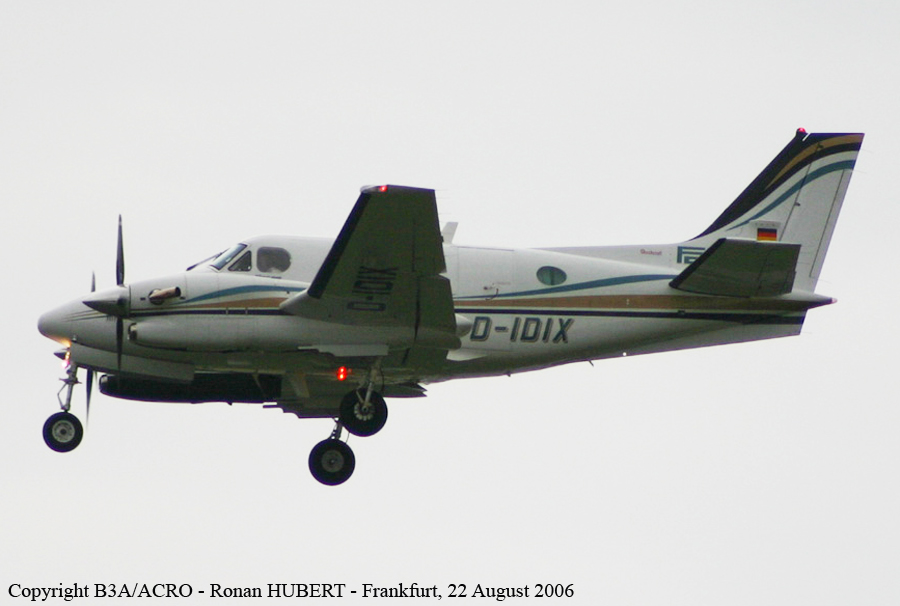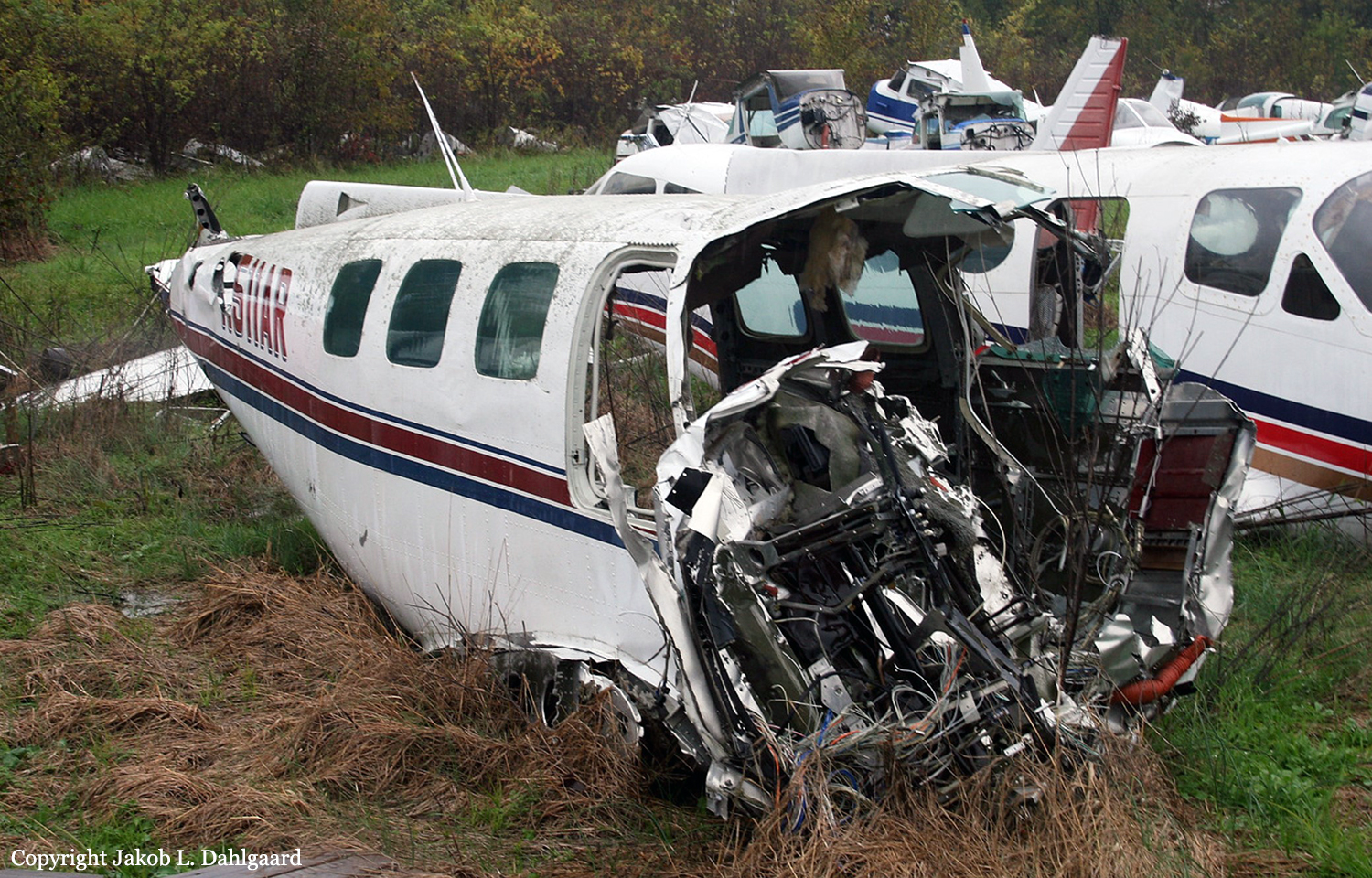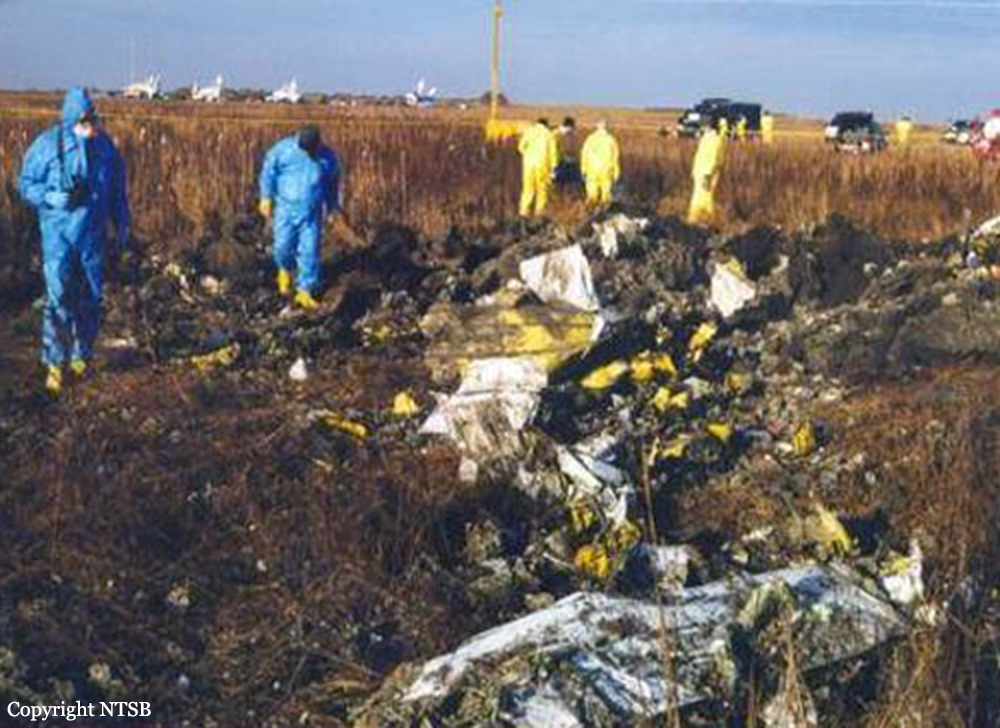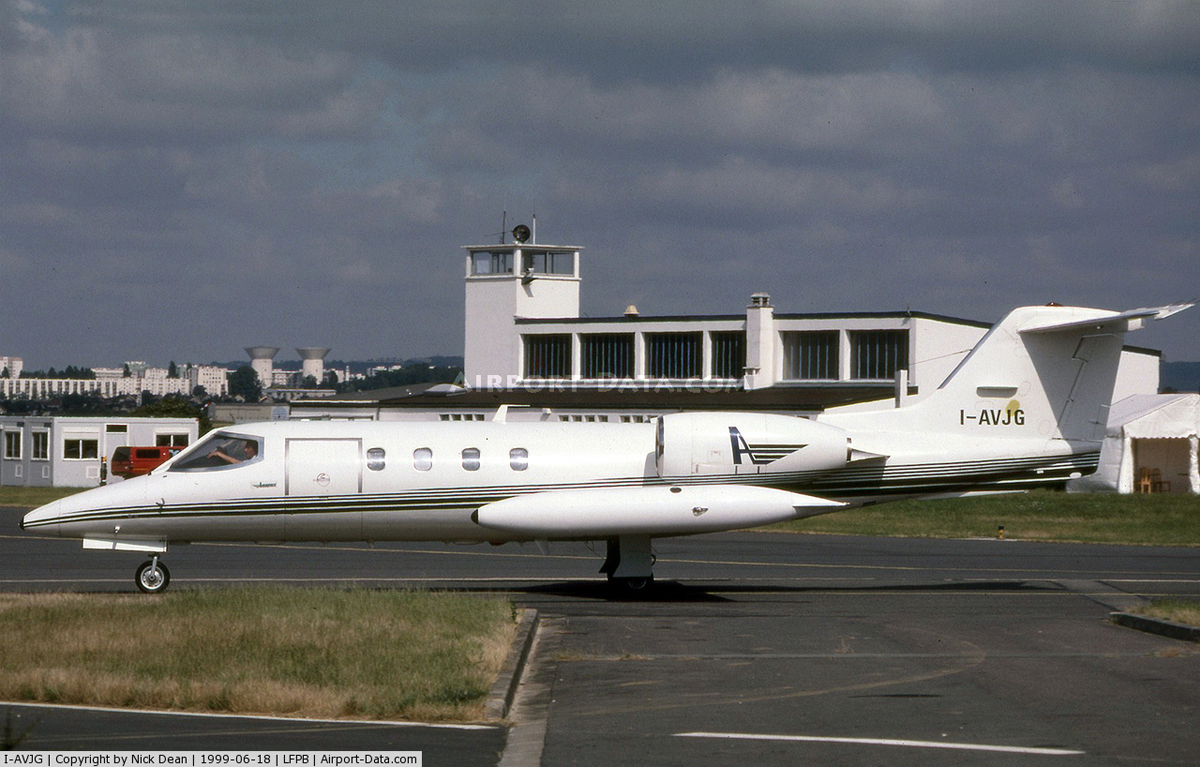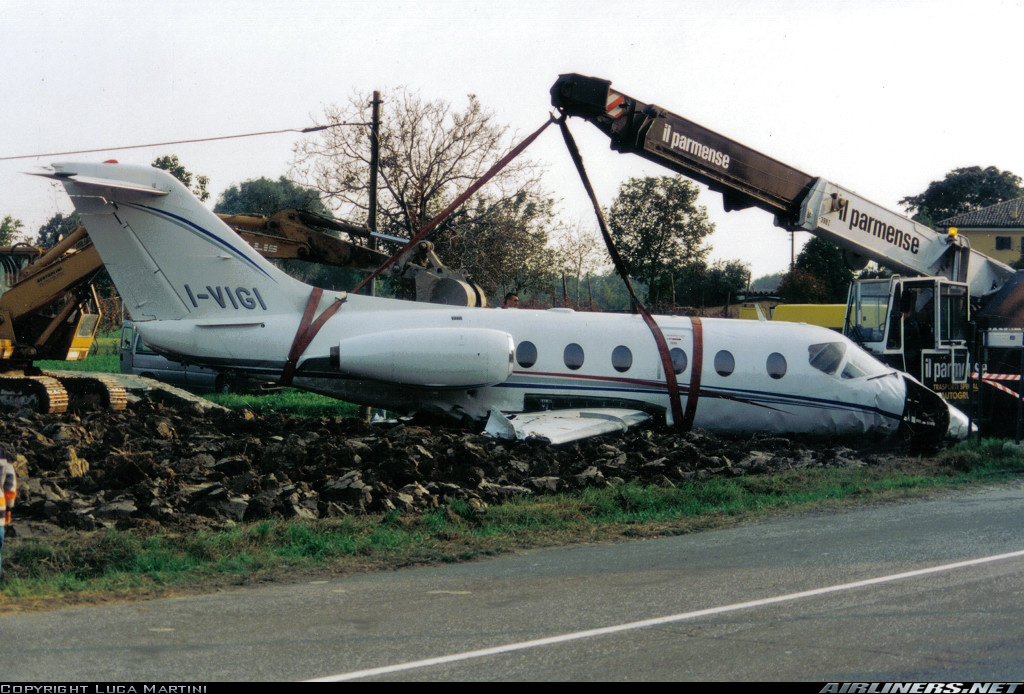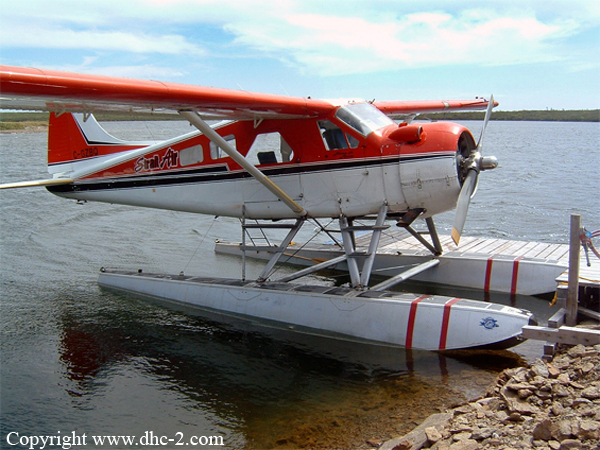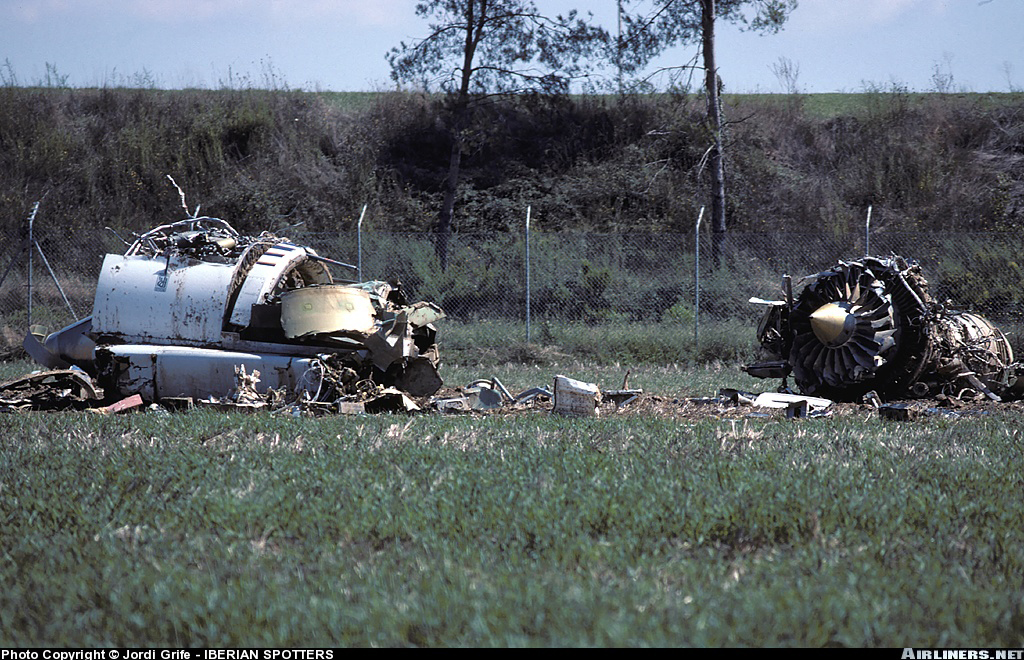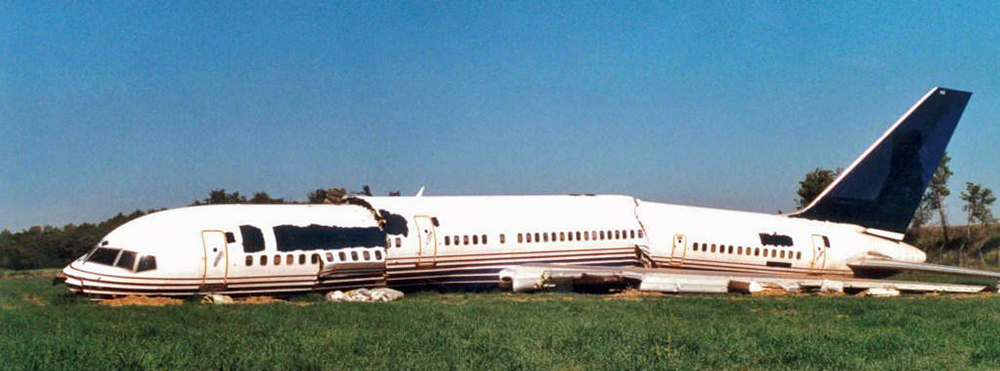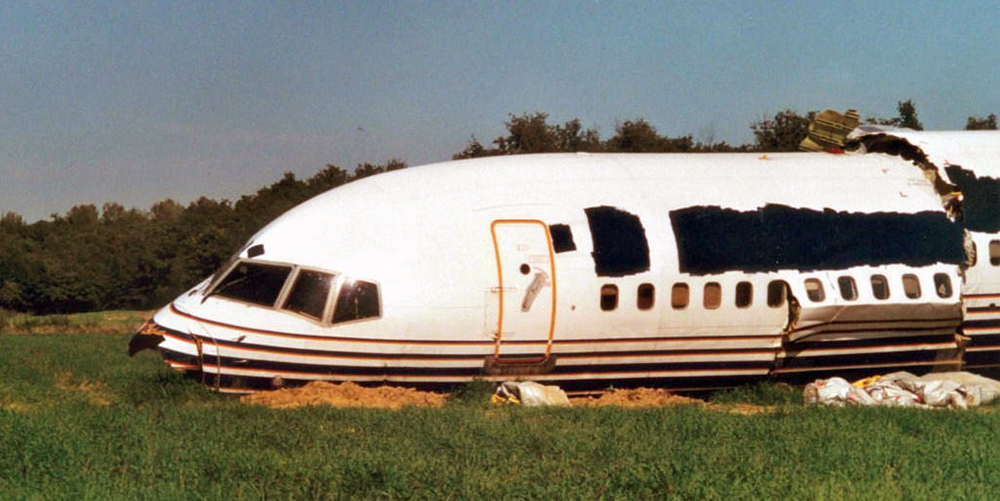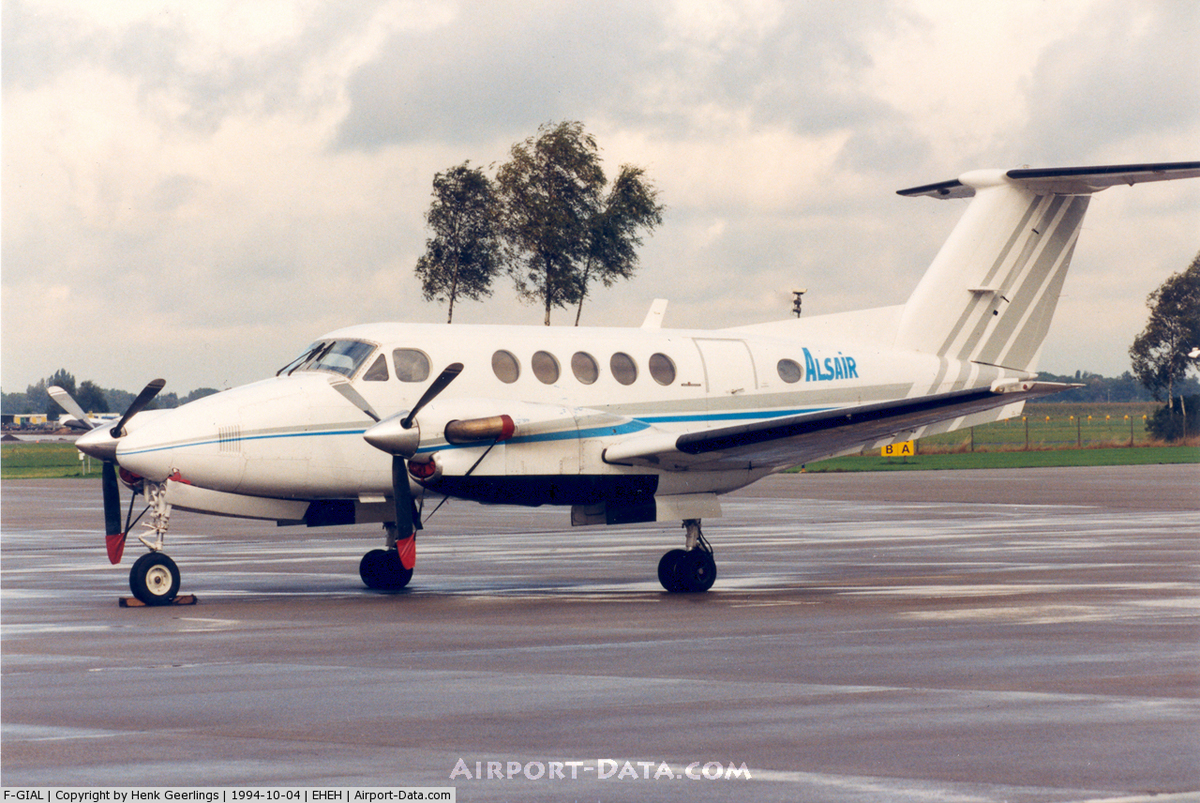Crash of a Beechcraft C90B King Air in Poznań
Date & Time:
Nov 12, 1999 at 0930 LT
Registration:
D-IDIX
Survivors:
Yes
Schedule:
Melle-Grönegau – Poznań
MSN:
LJ-1495
YOM:
1997
Crew on board:
2
Crew fatalities:
Pax on board:
4
Pax fatalities:
Other fatalities:
Total fatalities:
0
Circumstances:
The crew departed Melle-Grönegau Airport at 0736LT on a charter flight to Poznań, carrying four passengers and two pilots. While descending to Poznań at an altitude of 7,000 feet, the crew was informed about weather conditions at destination with a visibility of 700 metres, an RVR of 650 metres and a ceiling at 200 feet. After being cleared to descent to runway 29, the crew was informed about local patches of fog at the airport and the RVR dropped to 350 metres. On short final, at a height of about 500 feet, as the crew was unable to establish any visual contact with the approach lights and the runway lights, the captain decided to initiate a go-around procedure. Shortly later, the aircraft struck the ground to the left of the runway. Upon impact, the undercarriage were torn off. The aircraft slid for about 150 metres and came to rest with both engines and the left wing torn of as well. All six occupants escaped uninjured.
Final Report:
